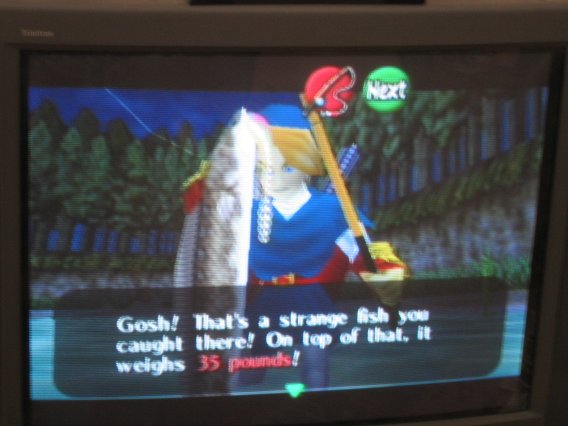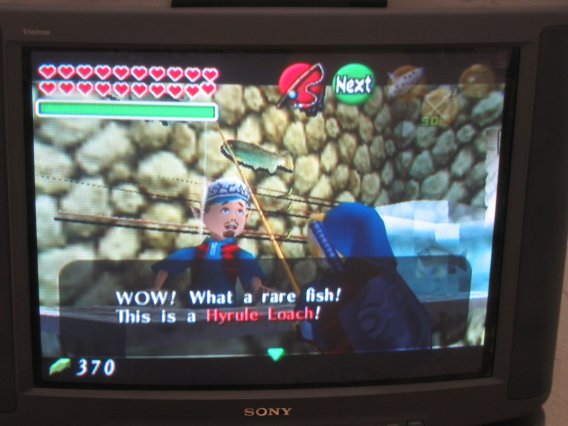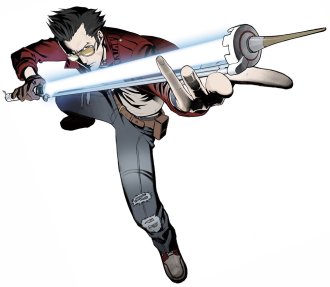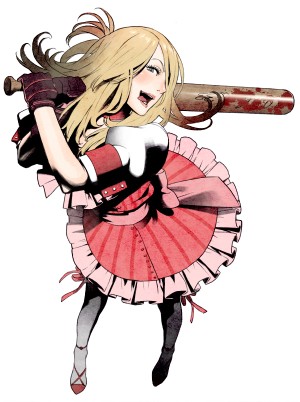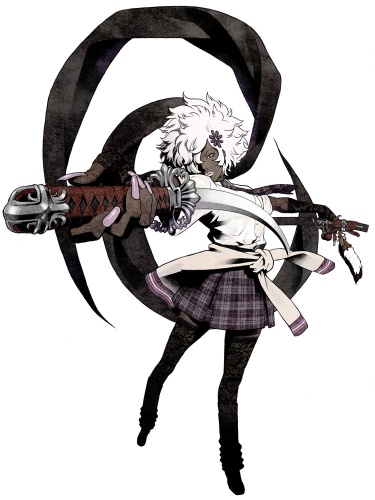Once upon a time, in a generation of computers several orders of magnitude less grunty than those we enjoy now, ran a game called Prince of Persia. Like its predecessor, Karateka, it was stunning in motion and utterly, interminably boring for me to play. Not enough aliens and shooting and monstrous scores, y’see (oh how those words make me feel old now). But when the Prince of Persia franchise was rebooted in 2003 (with The Sands of Time), popular and critical acclaim led me to at least stickybeak into the demo on the Xbox. Looked lovely – still – and had sweet controls, but a rumoured difficulty spike (and a pile of other games on The List) stopped me short of purchase. Later games in the series allegedly detrimentally tinkered with the gameplay mechanic, according to trusted sources, so the franchise dropped off my radar.
And then Ubisoft Montreal announced another entry in the Prince of Persia series. And lo, did the internet have a field day! “The graphics look stupid and kiddy,” said the fictitious xI HardCoreShooter Ix (amongst others). After release, MetaCritic was filled with comments on the lack of difficulty, the fact you couldn’t die, and the broken combat.
And, in a marked change for internet forum fanboys everywhere, they’re all right – but that actually makes the game more appealing to me.
Opening with a suitably broken and abstract movie, The Prince (who is never actually identified as such) emerges from the desert, and plunges into a short and simple tutorial section. Within minutes, you know all that’s required of you – the difficulty curve is pretty flat, and there’s very little to break up the wonderful free-running platforming and occasional combat. Well, three puzzle sections, and the odd stop to chat with your off-sider, but that’s it.
My first glimpse of the protagonist annoyed me, for The Prince’s head scarf is annoyingly off-kilter. That drove me mad. I’m arsed if I know how a poncey, buffed-up thieving Prince could bounce around the place with one eye almost completely covered – surely that would affect his sense of spatial awareness, of balance? It doesn’t seem to bother Our Prince, though, as he hooks up with his hot magical playmate, Elika.
Now, I like female game characters. Really, I do. They don’t all have to look like Vanessa Z Schneider (although some of the Burnout Bikes girls do), but a decent, strong female character is always a treat. And, whilst Elika is easy on the eye, I’m not sure that her character design is what I’d call strong – she readily morphs from flippant to ponderous, flirtatious to prudent. There doesn’t seem to be any rhyme or reason to her mood – but, given the open manner in which you can tackle the various areas in the game, that’s kind of understandable. And game-engine cutscenes are, generally, far from horrible – though there’s a ton of typical talking-torsos, some of the mouth and eye animation is delightful. I swear I saw a sparkle in Elika’s eye as she flirted, a dullness when she felt glum, and The Prince’s usual cheeky grin loses its edge with dialogue of weight.
And the dialogue… well, it’s a mixed bag. Some of it’s quite wonderful – touching, emotive. Some of it is dire – the “you should buy her a pony” line that pops up early on is, thankfully, not representative of the rest of the game. There’s some common threads – a constant luck-versus-fate debate, and repeated lewd, tongue-in-cheek references to The Prince’s relationship with his donkey. Rarely does the incidental dialogue get annoying – and, indeed, occasionally it generates some corkers. “This isn’t such a bad view,” said The Prince, with Elika’s arse parked just above him as he climbs a fissure. I laughed, then agreed.
As previously mentioned, it’s surprising that the central plot to Prince of Persia seems to have been “acquired” from Bullet Witch – but let’s face it, the story is merely a means to an end here. What we’re here for is platforming and combat – and what we’re given is slick, polished, and gleaming.
The combat is combo-based button mashing, limited to certain areas, and not very frequent. In fact, there’s only really six enemies in the game – four bosses which are tackled six times each, another recurring character, and the soulless soldiers of darkness that guard the paths between levels. Sure, they gradually increase in difficulty over time, but – as mentioned above – the curve is very gentle. And the combos themselves are almost as much as a delight to perform as they are to behold; it’s possible to string together massive links of sword slashes, Elika bashes, jumps, and throws that are pretty bloody impressive to watch. Mistakes are mostly inconsequential; as soon as you’re in perilous danger, Elika magically appears and yanks you to safety.
The platforming is pretty much the same; watching someone else play is like watching a well-choreographed free-running movie, even if the player is in far less danger than they’d think. Initial plays saw me prodding the action buttons with rampant fury, jerking the control stick to and fro in an attempt to keep The Prince on track; acclimatisation leads to the understanding that you can get by with just a tap here, a nudge there. But it really does look impressive, and in many ways is a perfect demonstration of style over substance: the end sequence (with slow-motion fly-bys lighting the monstrous Ahriman in the dark) evokes great exhilaration, even if the danger is largely imagined. There’s another sequence, in the north-east level of The Warrior’s City, that is absolutely stunning – sure, it’s scripted to all hell, and only requires one real decision of timing to succeed. But I’ll be buggered if my heart wasn’t beating like a drum, holding my breath in anticipation, as I pushed through that sequence – brilliant.
At game’s end, you’re offered the choice – leave the world as it is, or destroy it, undoing all your work. And the Achievements encourage you to both consider the emotional weight of the story progression, as well as wreaking carnage; the player winds up fucking the world for those 80 points of GS. Whether intentional or not, it’s an appreciated mental engagement; as is the dialogue of The Concubine (with the only references to The Prince’s… erm, princeliness) and the final fight with The Warrior, flames lighting the arena in an eerie setting to the hulk’s demise.
In fact, more than once the Prince of Persia evoked memories of Ico – which is horribly unfair to both games. Ico is a stone-cold classic, the quality of which Prince of Persia could only dream of attaining; but the fact that those memories were brought forth at all is, I think, a good thing… it means that companies are trying to conjure something better.
Now, I’ve been waxing lyrical about Prince of Persia for awhile now, but I want to make one thing clear: I don’t think this is a brilliant game. That statement may seem contrary to the rest of this post, but I’d like to think I can maintain a critique of the work separate from my enjoyment of it. And, truth be told, Prince of Persia has too many flaws to be truly considered “great”; some of the dialogue is atrocious, and the essentially western characters don’t exactly evoke the feel of Persia (though incidental tunes and the curves & spires of the world do create a mid-eastern feel). A lot of people claim that the combat system is… well, “shit”, but I had no problems with it. Mind you, I neglected pretty much every attack combo button except “X” most of the time.
The second play-through was fantastic – familiar with the levels, I was able to romp through the game in little more than a handful of hours. And it was only then that I figured out the impact of the deflection in combat; boss battles turned from death-filled wars of attrition to simple romps. The initially daunting “Be gentle with her” achievement (awarded for only requiring Elika’s resurrection ability less than 100 times) took just over six hours, and less than thirty deaths.
And I reckon this was the right game for me at the right time. After subjecting myself to N64-era Zelda games for a month, to be blasted by a game of such visual delight (hey, I love the cel-shaded-lite look) was a joy; to feel compelled by such a straightforward collection quest was a surprise. Prince of Persia hit all the right buttons – visually and sonically impressive, above-par writing, a fantastic ending, gettable Achievements, a cheeky adolescent sense of humour, and – with Elika donning the delicious “Farah” skin – some cute white knicker flashes.
And that’s just fine by me.
